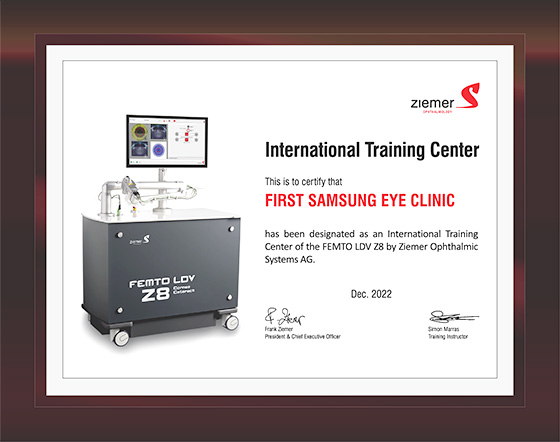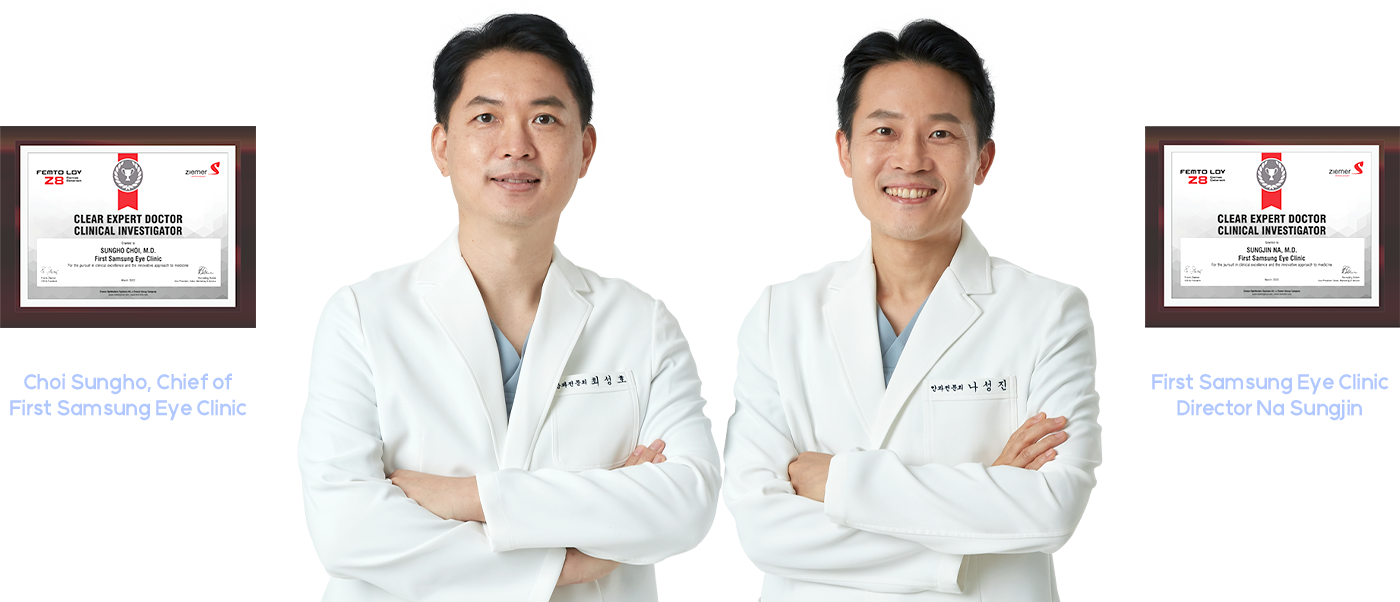Clear Smile
First Samsung Eye Clinic leading the way
with constant publications, conference activities
and global research achievements
Z8 CLEAR USER MEETING
Presentation of clinical results
and cases of CLEAR 2023. 03
Comparative analysis of spherical aberration between
CLEAR and Smile, proving that Clear provides better
visual correction than other refractive surgeries
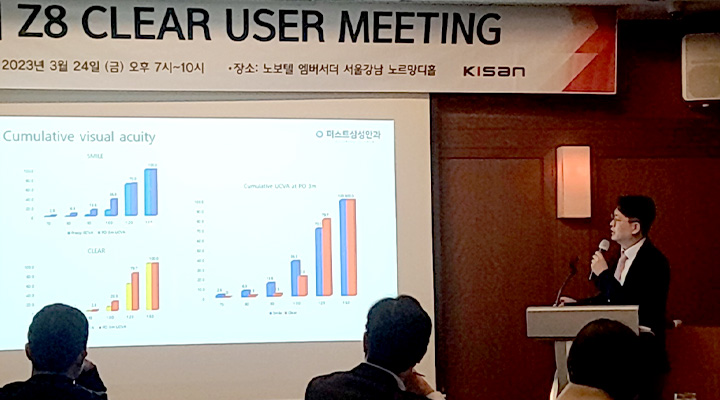
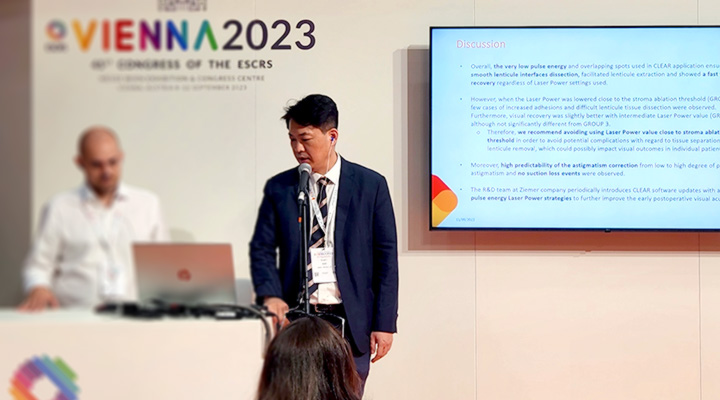
European Society of Cataract and
Refractive Surgery Symposium
Presentation of laser settings
for rapid vision recovery after
Clear Smile surgery 2023. 09
Provided appropriate laser intensity
and criteria based on our own
surgical results and experience
4 generations of visual correction
CLEARSMILE
CLEARSMILE is a minimally incisive version of the same lenticule removal procedure as SMILE,
and is a fourth-generation vision correction surgery that reduces corneal damage
and provides precise astigmatism correction with more sophisticated laser surgery
than the previous third-generation surgery.
First Samsung Eye Clinic CLEARSMILE
recognized worldwide
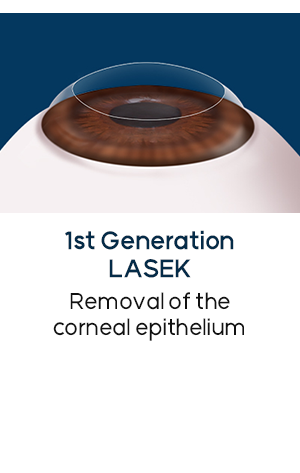

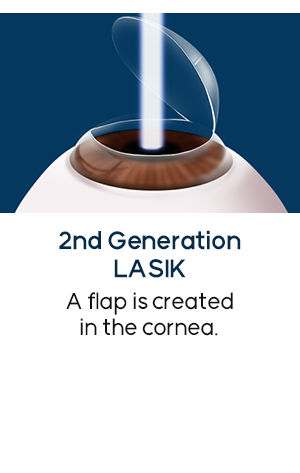

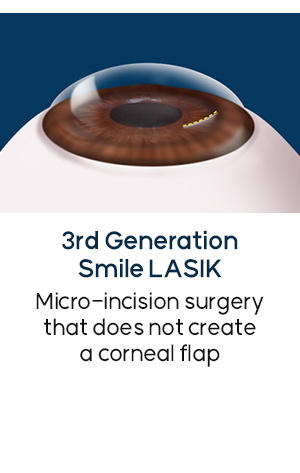

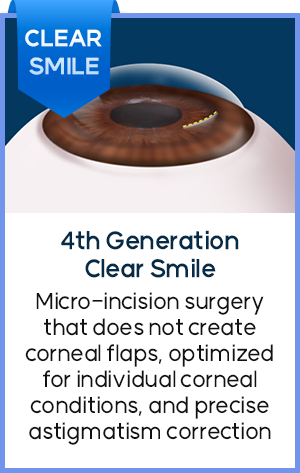
First Samsung Eye Clinic
Clear Smile Surgery Process
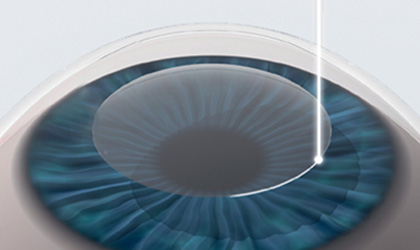
STEP 01 - Lenticule creation
A lenticule, a small circular flap
of corneal tissue, is created by
making an incision in the cornea.
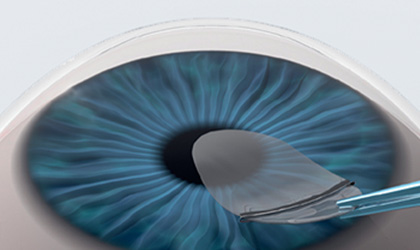
STEP 02 - Lenticule Extraction
The lenticule is removed through
the incision with minimal
irritation to the cornea.
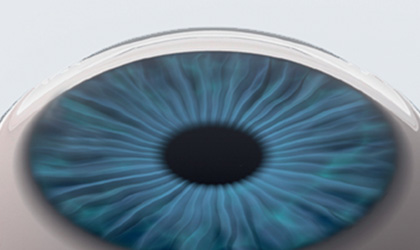
STEP 03 - Corrected vision
By removing the lenticule,
the cornea is reshaped to
correct the refractive error.
Clear Smile Equipment
Ziemer Z8 Laser
Clear Smile using the Ziemer Z8 Laser (FEMTO LDV Z8)
is a surgical procedure in which the corneal parenchyma
is very precisely ablated and extracted through a
micro-incision of 2 mm, making it resistant to external impact.
With less thermal damage to the cornea and a smooth
surgical incision, there are fewer post-operative symptoms
such as dry eye syndrome and light flashes.
It is possible to correct not only high myopia
but also sophisticated astigmatism.
Fast recovery, so patients can usually return to
normal activities the next day after surgery.
First Samsung Eye Clinic
Clear Smile POINT
Low energy
The laser irradiation distance of Clear is shorter than Smile
Therefore, the laser irradiation with low energy and
small focus is possible, which prevents heat damage and creates a smooth surface.
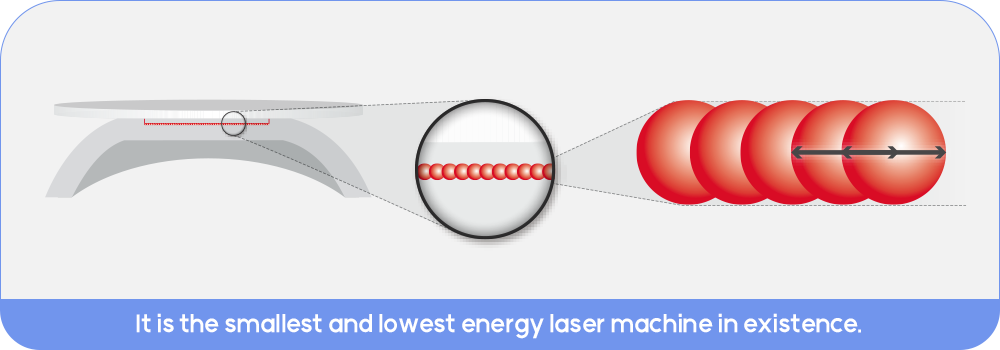
Fast and fine laser beam
A small laser spot size is precise and minimizes tissue damage, leading to fast recovery
Fast laser repetition rate of over 5000 kHz for stable, smooth incisions with minimal peripheral damage

Ocular Circumference Correction
Accurate measurement even in the supine position using Alcon's real-time astigmatism measurement device (Verion®)
After corneal fixation, the center point can be moved via the interface,
and precise center point setting enables precise customized astigmatism correction

Upgraded docking system
Z8 is fixed directly to the eye to control ocular vibrations and pupil movements.
High fixation pressure dramatically solves the error of loosening fixation!
Low risk of suction loss with 2 times the fixation force of conventional smile surgery
Adjustable positioning of the incision allows for optimal separation of
the corneal parenchyma at the optimal position for improved vision quality

Equipped with OCT
Real-time, high-resolution corneal monitoring at the time of
surgery for more precise visual correction by viewing the corneal parenchyma layer
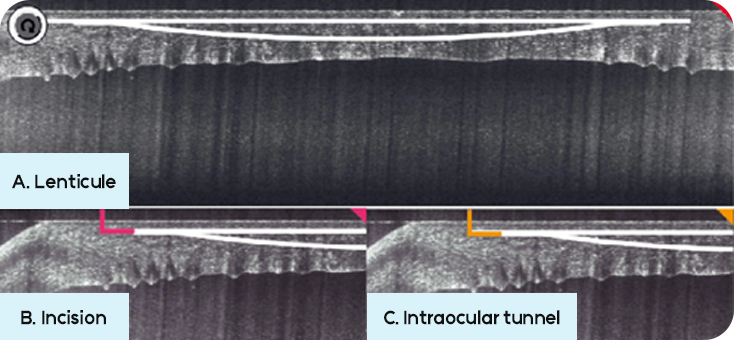
First Samsung Eye Clinic YOUTUBE







